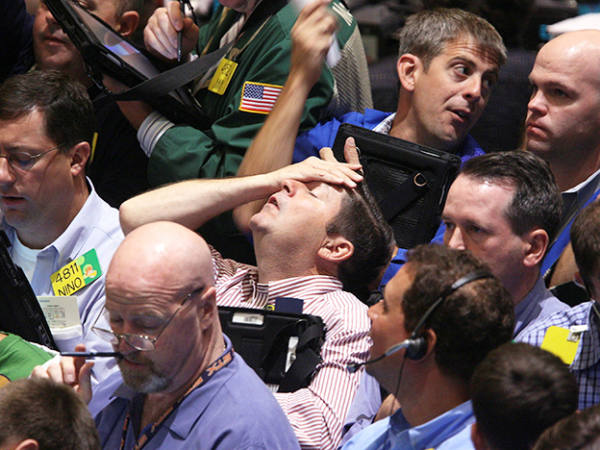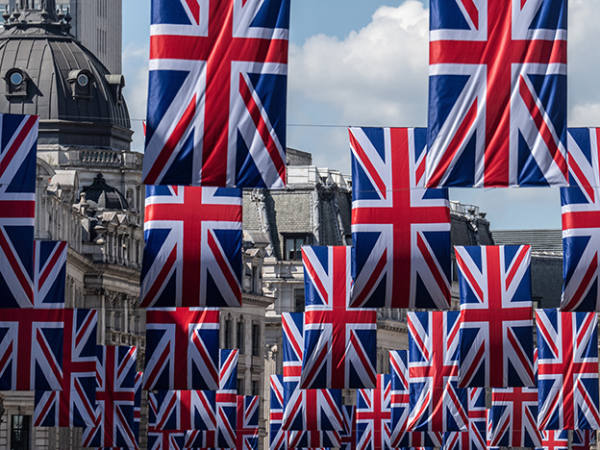There is a school of thought that the 1990s, with its lack of major conflicts, plus unprecedented wealth created by productivity gains, were just a little bit dull. While many of us would gladly take that level of dullness in the context of our own times, the decade had a defining feature that set the pace of what became a rampant equity market. For the first time in decades, issuing equity was fundamentally cheaper than sourcing debt to finance company balance sheets and, if the forecasts for the credit market are right, then history may just repeat itself if the right combination of factors comes together.
Paradoxically, despite expectations that the Federal Reserve will cut rates this year, yields on 10-year Treasury bonds have started climbing again, with the result that all corporate debt that draws on 10-year Treasuries as their main benchmark are experiencing higher debt costs. This leaves chief financial officers and treasury managers with a real dilemma, and many are starting to look seriously at how to refinance the large wall of debt that falls due over the next couple of years.
No one is under any illusion that the amount that needs to roll over is vast. With interest rates so depressed for much of the 2010s, taking on extra debt in preference to equity was a reasonable corporate action. However, with higher real yields and a widening spread over the benchmark debt indices, the true cost of refinancing may already be closer to 10 per cent when fees and administration costs are considered, or three times the rate a couple of years ago, according to Bloomberg data.
In the UK alone, EY reckons that £100bn of debt is due for refinancing in 2024, and £500bn in the two years through to 2026. EY calculates that the average cost of debt has risen by between 3 and 6 percentage points, which means companies must find £20bn-£25bn in additional debt servicing costs.
Equity was cheaper, but times were complicated…
For those of a certain working age, the flood of equity issuance in the 1990s was a once-in-a-lifetime opportunity as private cross-border capital flows set up all sorts of growth opportunities in emerging markets, while emphasising problems. The traditional industrial powerhouses struggled as they sought to cast off the last of the old heavy industries (notably the US and UK) while others struggled under the weight of post-Cold War debts.
The gargantuan cost of integrating the former East Germany into the new Federal Republic between 1990 and 2014 is now estimated at €2tn (£1.7tn), which also explains why the infrastructure in the former East German states is now qualitatively better than in the old western half, but it also proved to be an enormous drain on Germany’s economic growth during that period. The need to attract capital to rebuild the east meant high German interest rates, which were transmitted throughout Europe via the exchange rate mechanism, so issuing shares was cheaper than going to the banks for a loan. Japan’s economic bust is worth a case study on its own.
The situation in the US was similar, but the reasons were subtly different. On 16 July 1990, The New York Times ran a short, but in retrospect highly significant, story about buyout house KKR raising equity to pay down debt for its hugely expensive RJR Nabisco acquisition. The contemporary reason for KKR to cut its debt exposure isn’t hard to spot in the debt yield charts, which had shot up dangerously within a year of the takeover, but which also stimulated equity issuance. The move marked the definitive end of the junk bond boom in the US, which had resulted in the Savings & Loans scandal, and financial institutions had to be generally tighter with their lending.
The Federal Reserve also maintained a tight leash on interest rates, and largely kept former chairman Paul Volcker’s hawkish inflation policy well into the decade under new boss Alan Greenspan. This meant that investors could make an easy turn on cash or Treasuries, and companies had to find other ways of raising necessary capital. The answer during that period was to turn to the stock market, triggering an equities boom that lasted into the early 2000s. It was fortuitous that the Asian financial crisis of 1997 turned deficits in emerging market economies into surpluses in a way that sent more liquidity into the US markets in a hot money exodus, with the result that equity raising reached a fever pitch in 1998-1999
Currently, investors can only hope for a repeat performance, although the stickiness of US inflation is confounding all forecasts of rates easing this year. Nevertheless, the stark fact is that the number of listed companies on all major exchanges has roughly halved since the millennium. Already in 2003, commentators such as Robert Buckland at Citigroup had already defined “de-equitisation” as a trend.
The reasons for the long decline in equity raising are structurally complex and involve more than just interest rates. These reasons include changing tax incentives here and, in the US, the attraction of expensing interest payments on debt. The rise of private equity has also contributed to the decline. Even though private equity finds itself again under pressure from interest rates and a fundamental lack of investable opportunities, the sector still retains huge financial firepower. However, it is telling that giant private equity group CVC, which owns stakes in Lipton’s tea and the Six Nations rugby tournament, is itself seeking an initial public offering on the Euronext Amsterdam exchange, rather than the London Stock Exchange; CVC is looking for a valuation of €16bn.
In that context, it might be too much to hope that the de-equitisation trend will suddenly reverse but, as economists well understand, it only takes a few thousand logically reached decisions for the market to change direction. The US is attracting capital at a similar rate to 1997, so history could yet repeat itself.











